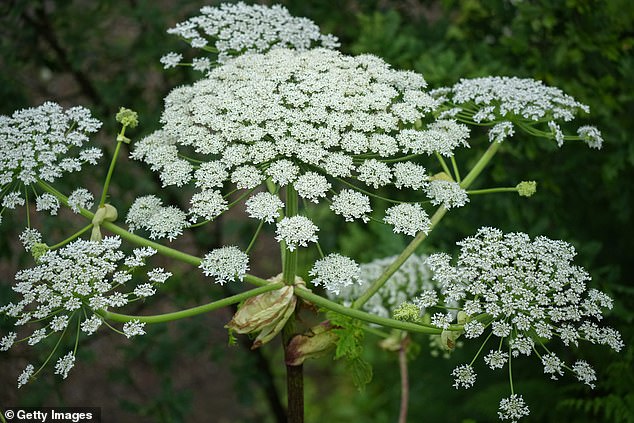
Interactive Giant Hogweed Map Tracks UK Hotspots of Toxic Plant Spread
Giant Hogweed: UK’s Toxic Plant and How to Avoid It
Giant hogweed, dubbed the “most dangerous plant in Britain,” poses serious health risks despite its deceptively harmless appearance. Introduced in the 19th century as an ornamental plant, this invasive species’ sap can cause severe burns, blistering, and even blindness if it contacts skin or eyes. A new interactive map by WhatShed now helps residents identify hogweed hotspots to steer clear of during summer outings.

Giant hogweed’s sap causes severe burns and thrives near waterways.
The Danger of Giant Hogweed
The plant’s sap contains furocoumarin, a toxin that reacts violently with sunlight, leading to phytophotodermatitis—a condition marked by painful blisters and long-lasting scars. Symptoms may take hours to appear, often after unsuspecting victims have been outdoors. Even brushing against the plant or touching contaminated clothing can trigger reactions. Pets are also at risk, prompting warnings for dog walkers.
Interactive Map: Where Is It Found?
The map reveals dense clusters in London, Manchester, and Leeds, with fewer reports in Cornwall, Wales, and western Scotland. However, experts caution that hogweed likely grows nationwide, as many sightings go unreported. Users can submit new sightings via WhatShed’s blog to improve the map’s accuracy.

Giant hogweed sightings are concentrated in urban and riverbank areas.
Identifying Giant Hogweed
- Height: Up to 10 feet (3 meters), sometimes taller.
- Features: Purple-blotched stems, white umbrella-shaped flower clusters, and jagged leaves.
- Similar Species: Common hogweed (smaller, less toxic).

The sap’s reaction with sunlight causes severe blistering.
Safety Tips
- Avoid touching any part of the plant.
- Wear protective clothing if removing it.
- Wash skin immediately if exposed and avoid sunlight for 48 hours.
Global Threat: Other Deadly Plants
While giant hogweed is a UK menace, other plants worldwide pose similar dangers, such as water hemlock, deadly nightshade, and oleander. These contain toxins causing paralysis, organ failure, or death upon ingestion or contact.
Report Sightings
Help combat this invasive species by reporting hogweed via WhatShed’s portal. Staying informed and vigilant is key to preventing harm from this hazardous plant.

Keep pets away—hogweed harms animals too.
Stay safe this summer by avoiding giant hogweed and spreading awareness about its risks. Check the map, learn its features, and enjoy the outdoors responsibly!


